Welcome back for more Groundbreaking. Last time we took a good look at how the mountain was made, and what the current natural features are. This week, we are going to learn a little bit about what it took to build a village on the lake. While the fishing community started out as camps along the shore, the usable shoreline quickly became crowded as the population grew. When that happened, the only logical choice was to move onto the water!
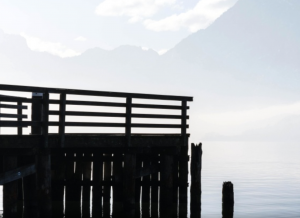 When the lake was first settled, the fisherman built lakeside cabins and simple docks and piers. These used felled trees from within the caldera. As the supply of trees dwindled and demand grew, the settlers were approached by a previously unknown druid of the mountain. Knowing that the lake’s supply of fish could easily handle the growing population, she felt it was better to help them, to teach them to work with nature, instead of against it. To ensure that the ecosystem was not destroyed, she suggested they look elsewhere for their supply of lumber, such as the western or northern forests. Both of which have plenty of naturally felled trees, as well as areas that could be sustainably farmed (with the druid’s help). The trick was going to be finding a way to bring trees up the side of the mountain, a trick that the druid left to the people to figure out.
When the lake was first settled, the fisherman built lakeside cabins and simple docks and piers. These used felled trees from within the caldera. As the supply of trees dwindled and demand grew, the settlers were approached by a previously unknown druid of the mountain. Knowing that the lake’s supply of fish could easily handle the growing population, she felt it was better to help them, to teach them to work with nature, instead of against it. To ensure that the ecosystem was not destroyed, she suggested they look elsewhere for their supply of lumber, such as the western or northern forests. Both of which have plenty of naturally felled trees, as well as areas that could be sustainably farmed (with the druid’s help). The trick was going to be finding a way to bring trees up the side of the mountain, a trick that the druid left to the people to figure out.
During this transition, the villagers began to reuse the lumber from their cabins to build docks and canoes that would give them more access to the water than simply fishing from the shore. Pelts and furs were made into tents or lean-tos. As they explored the shelf of the lake, they became better acquainted with how the fish lived and moved in and around the differing heights of the basalt pillars. Using nets and wooden planks, fisherman were able to build areas in which they could catch fish that came from the depths into the shallow waters. What appeared to be a perfect way to catch fish almost decimated an entire seasonal spawn when ravenous flights of birds (of all types) proceeded to steal most of the fish catch. The druid managed to redirect most of her amusement into providing a teachable moment by showing them better, smarter ways to farm fish in the shallows. Proper openings that allowed fish of smaller sizes to leave allowed young fish to continue to grow. Proper gating allowed an overfilled farm to let fish out quickly. Netting above the water kept out birds big enough to carry fish.
 Gnomish ingenuity and druidic oversight (a.k.a restrictive approval) led to the eventual construction of a pair of sawmills. On the north exterior of the mountain, near the base, a mill was constructed that made use of the rushing waters that lead down into the forest. Not only does this river power the mill, but it can also be harnessed to pull logs up rollers built along the shore. This requires regular gnomish handiwork to maintain, but the rollers allow logs of all sizes to be brought from miles away. After the lower mill cuts logs down, into more manage lengths (or sometimes split into halves or fourths) they can then be lifted to the upper mill using a complicated set of pulleys. These pulleys are powered by the same waterfall that operates the upper mill, in which the smaller logs are cut to order. The finished wood is then dropped into a holding pool where it is either floated or carried on small barges to its destination.
Gnomish ingenuity and druidic oversight (a.k.a restrictive approval) led to the eventual construction of a pair of sawmills. On the north exterior of the mountain, near the base, a mill was constructed that made use of the rushing waters that lead down into the forest. Not only does this river power the mill, but it can also be harnessed to pull logs up rollers built along the shore. This requires regular gnomish handiwork to maintain, but the rollers allow logs of all sizes to be brought from miles away. After the lower mill cuts logs down, into more manage lengths (or sometimes split into halves or fourths) they can then be lifted to the upper mill using a complicated set of pulleys. These pulleys are powered by the same waterfall that operates the upper mill, in which the smaller logs are cut to order. The finished wood is then dropped into a holding pool where it is either floated or carried on small barges to its destination.
Through trial and error, the villagers learned that certain trees (namely fir) provided the longest lasting piles (the supports upon which the buildings and docks are placed). Many buildings were lost the first few years as too much was built onto wood that just couldn’t handle the water, weather, and weight. Inadvertently, the locals did learn that scraps of fallen buildings provided more places for various crustaceous life to flourish, giving rise to sources of food other than fish. In addition to the village, a number of long docks and piers stretch away from the bustling activity, for no purpose other than fishing. In particular, a wide pier runs the entire edge of the shelf, from shore to shore, marking the boundaries of the shelf. All fishing boats dock on the exterior of this pier, while person shuttle boats stay inside, above the shelf. There is a single pier that extends away from the shelf for over 100 feet, made primarily of sections floating on empty kegs and barrels. This pier is often used for deep water fishing, but ends in a special dais that is used for a special annual ritual, and closed the rest of the year.
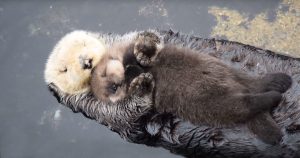 As skill for building on the water improved, so did the scale and quality of life. Now, an entire village stands above the waters on over 2/3 of the basalt shelf. Instead of common grassy areas for kids to run, there are pools enclosed by steps and ladders to provide easy access in and out to all. A form of water polo has become a popular way to celebrate events (and sometimes settle disputes) and so a small arena has been created (complete with bleachers). Each home has a water garden beneath it, which is an area in which the family can cultivate their own plants, fish, or other food. Living on the water doesn’t mean that the only animals you will find are under your feet, or that you are free from common pests. Chickens are still a common sight, pet, and source of food. Rats are a constant nuisance, but also a decent meal if cooked right. Cats and dogs are still found begging for scraps as well. Ducks, geese, and otter are common sights, and the occasional beaver sighting is sure to excite children and tourists.
As skill for building on the water improved, so did the scale and quality of life. Now, an entire village stands above the waters on over 2/3 of the basalt shelf. Instead of common grassy areas for kids to run, there are pools enclosed by steps and ladders to provide easy access in and out to all. A form of water polo has become a popular way to celebrate events (and sometimes settle disputes) and so a small arena has been created (complete with bleachers). Each home has a water garden beneath it, which is an area in which the family can cultivate their own plants, fish, or other food. Living on the water doesn’t mean that the only animals you will find are under your feet, or that you are free from common pests. Chickens are still a common sight, pet, and source of food. Rats are a constant nuisance, but also a decent meal if cooked right. Cats and dogs are still found begging for scraps as well. Ducks, geese, and otter are common sights, and the occasional beaver sighting is sure to excite children and tourists.
The Rumor Mill
Each of the following rumors can be learned by spending an hour or more gathering information from locals. The DC listed is the target DC to determine if the rumor is true (T), false (F), or nobody knows (?).
The Mills
DC 10 – (T) Most of the initial builders of the mills died in an accident.
DC 15 – (F) The upper mill is haunted by the widow of a deceased builder.
DC 20 – (?) The gnome designer stole the plans from one of the dwarves.
DC 25 – (F) The druids disapprove of the mills and all they represent.
DC 30 – (T) The lower mill is haunted by one of the deceased builders.
The Docks
DC 10 – (F) The village invented the water sport they call beaver ball.
DC 15 – (T) Refuse collection is the number one source of punishment for crime.
DC 20 – (F) The basalt columns are shifting up and down, causing damage to the docks.
DC 25 – (?) The annual ceremony on the floating dais is where a village elder is sacrificed.
DC 30 – (T) Something from the water is eating pets and livestock
Quick Shout out: Seth laVox, Milo v3, DarranC from our Know Direction Discord … thanks for the great ideas for naming the locations. Please everybody, keep them coming in. After we get a handle on all of the locations, I will be picking names from those submitted to help flesh out the history of the region!

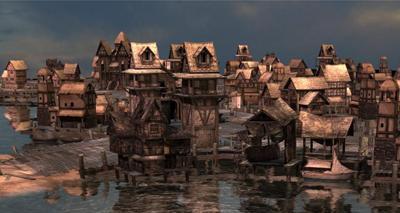
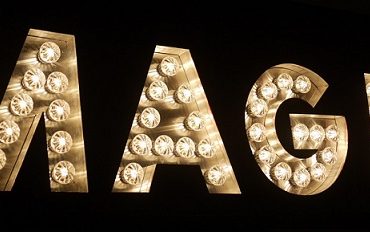
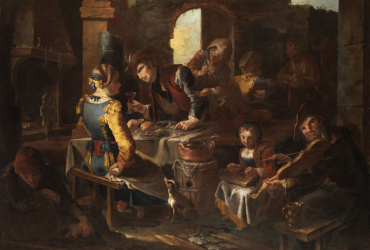
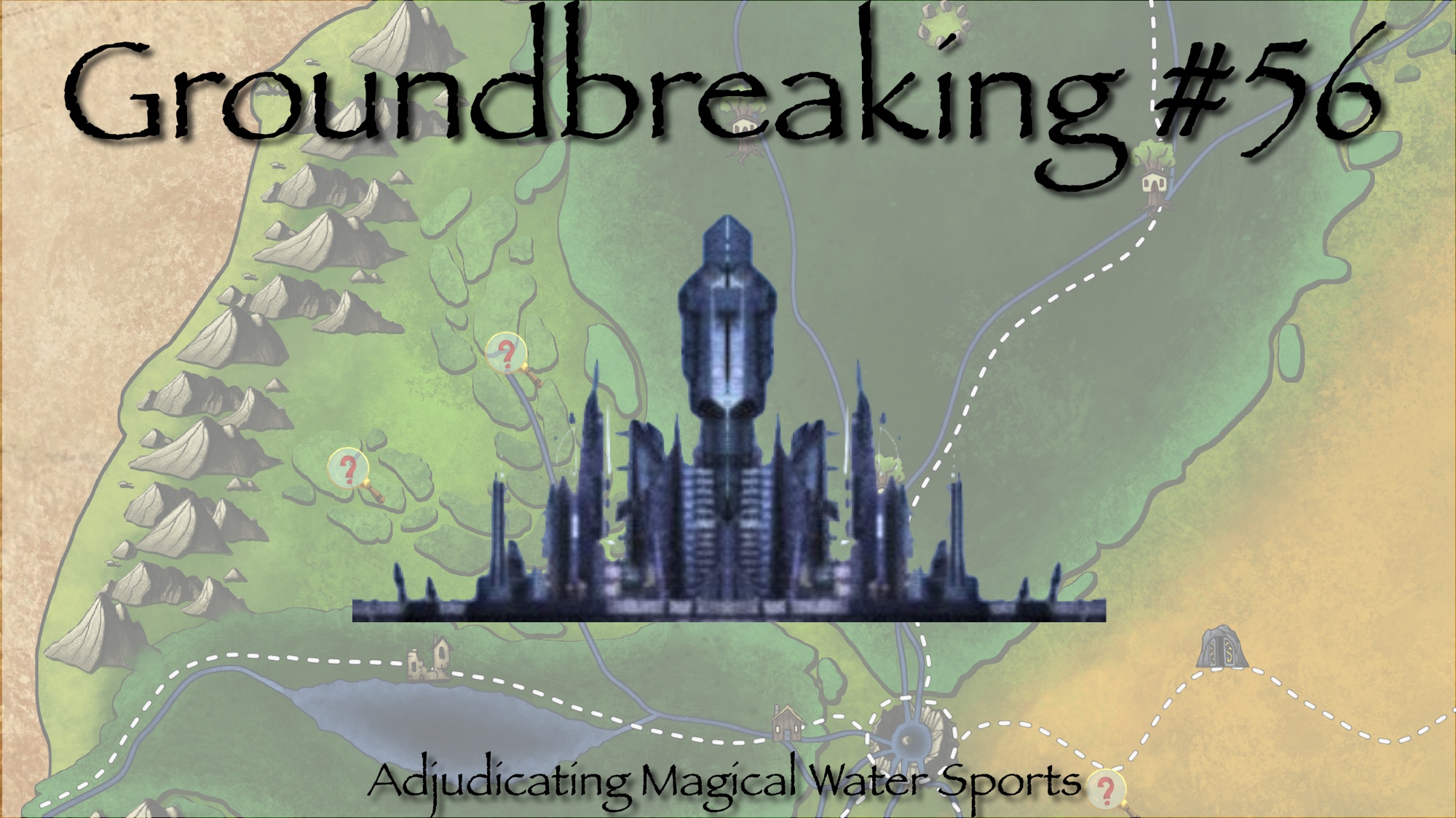
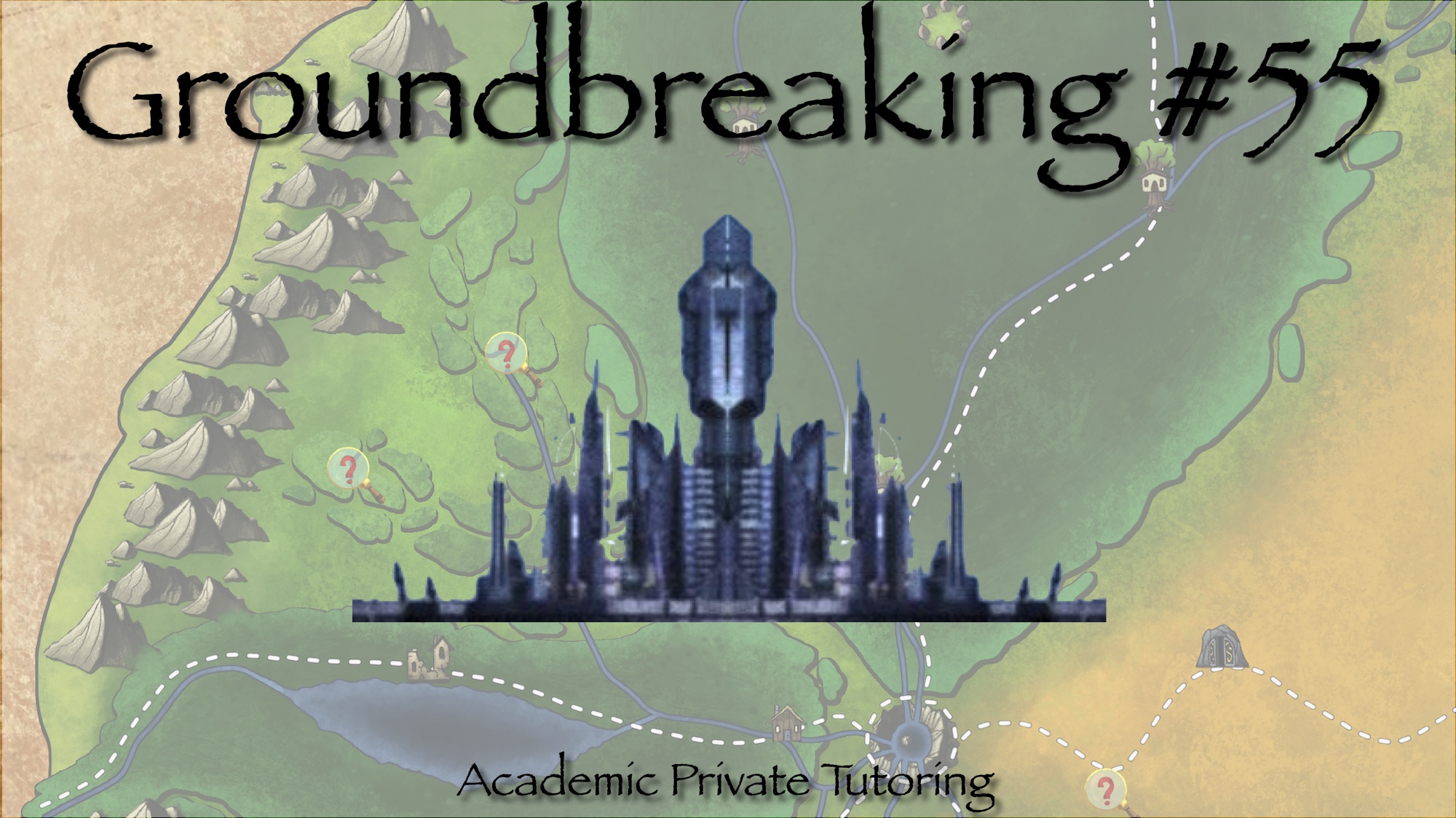
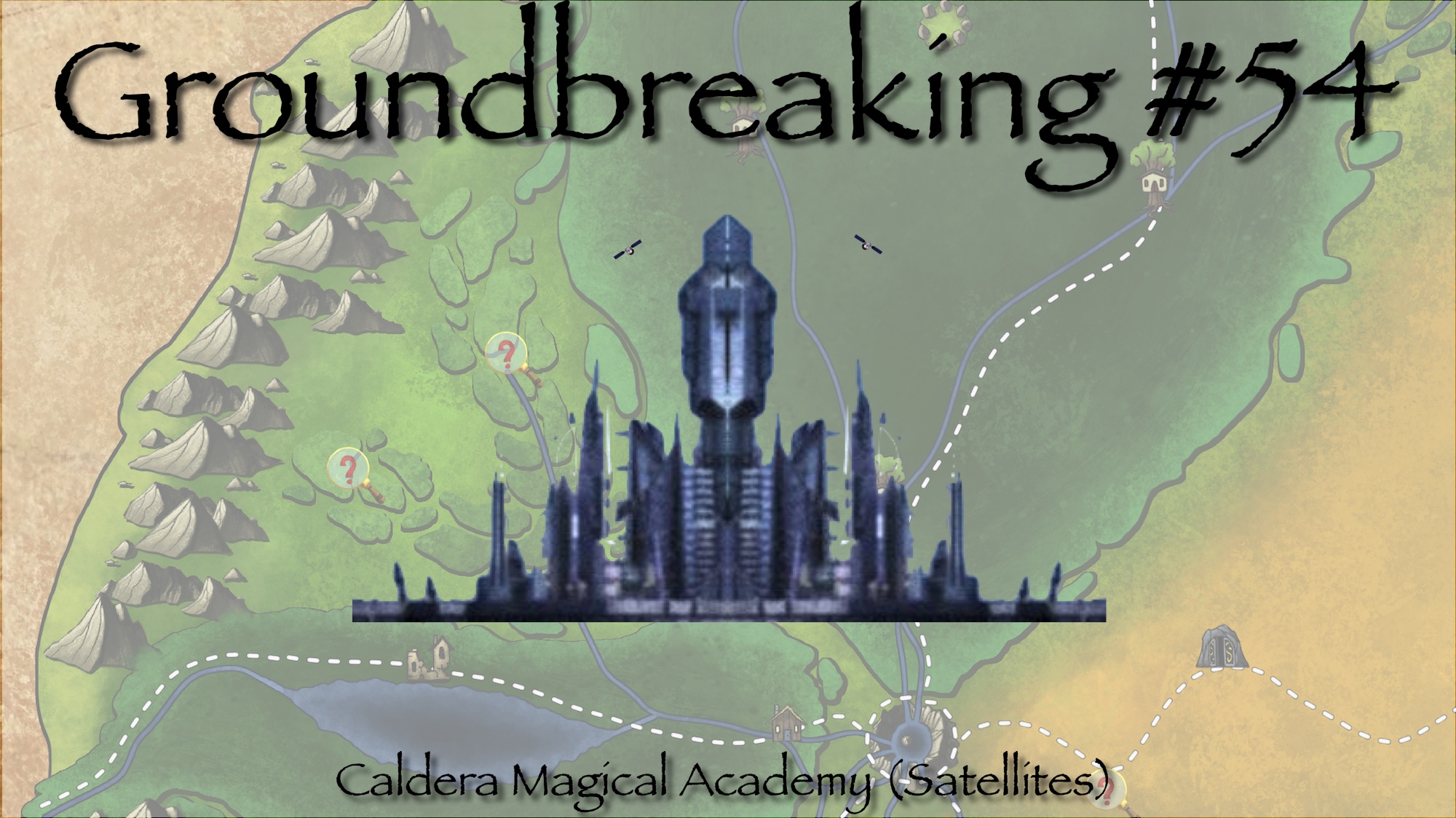
Good stuff here; really like it. Town evolution is well thought out.
Thank you, glad you are enjoying it. Where would you like to go next: the rain forest, the hunting grounds, the desert, or the farmlands?